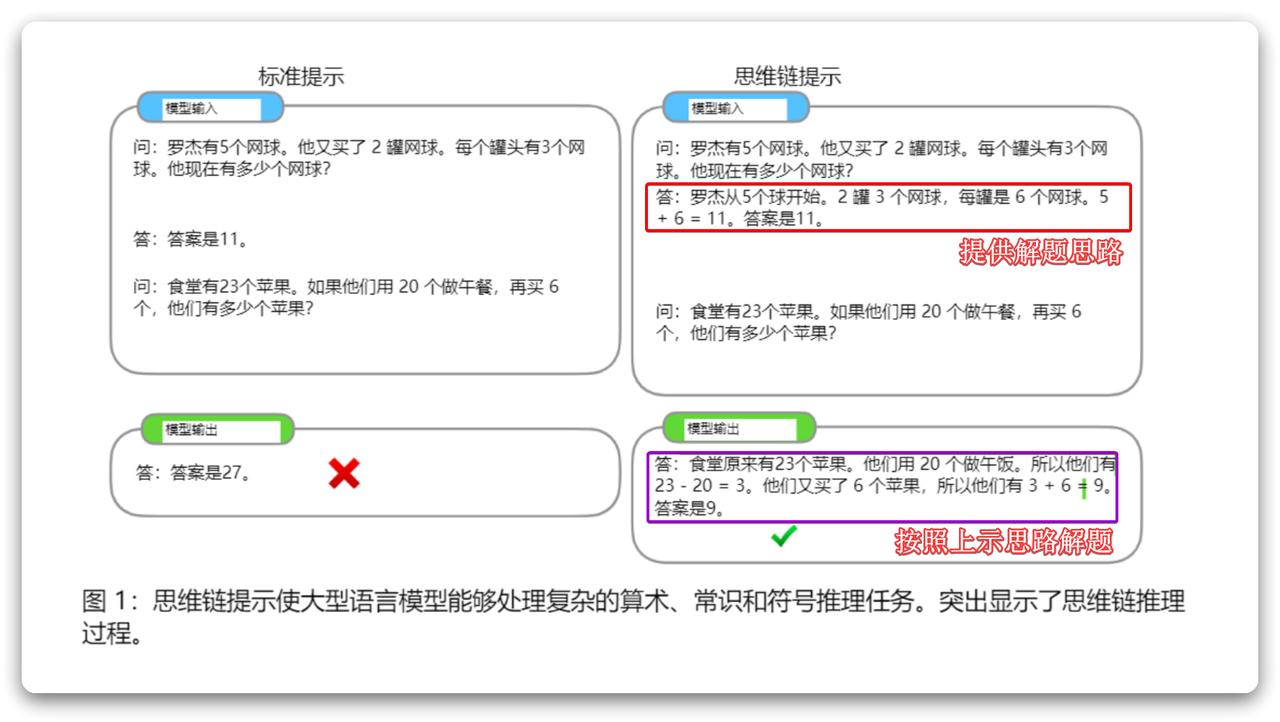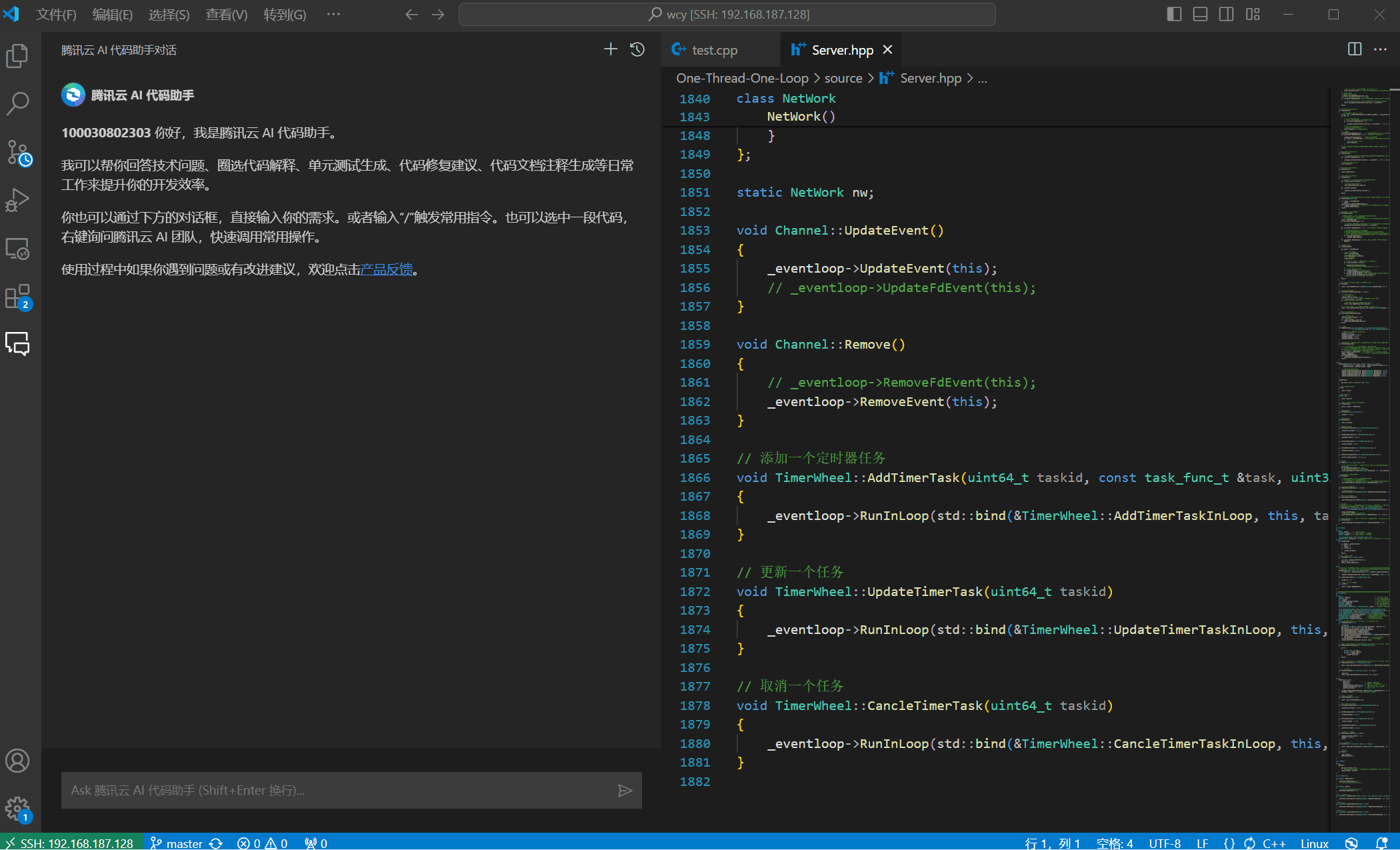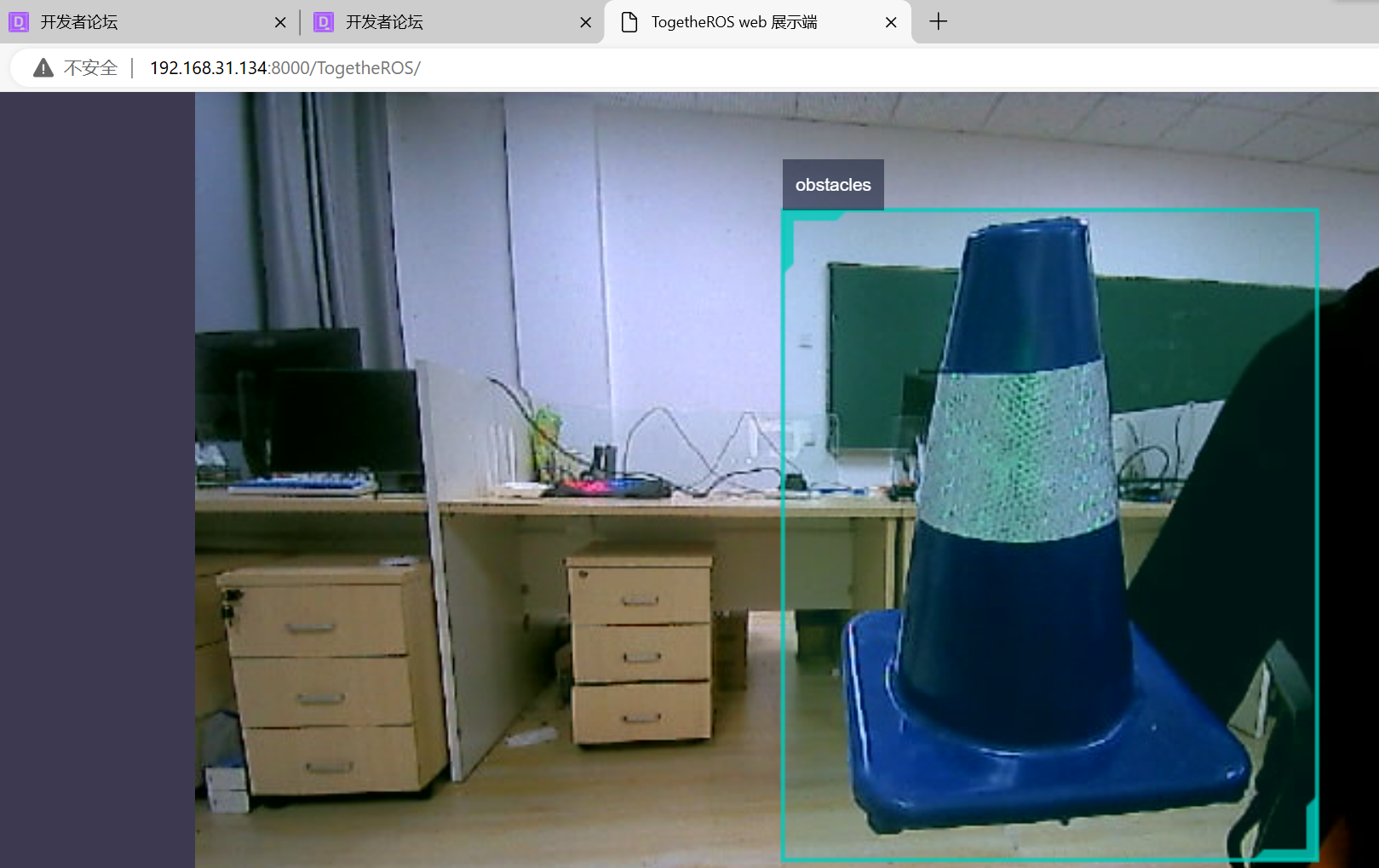调用x264库文件实现编码
整理前面记录的文章时发现还没有记录过如何实际操作x264编码器实现编码的功能,过去是通过FFmpeg调用libx264的接口来实现编码功能,这里记录一下直接调用x264的接口来实现编码的功能,同时存储编码之后的码流和重建的yuv。
代码整体的框架参考example.c文件,文件的存储参考encoder.c中的frame_dump函数。在进行文件存储时需要注意uv分量的存储是按照interleave的方式进行的
// x264_encode.cpp : 此文件包含 "main" 函数。程序执行将在此处开始并结束。
//
#pragma warning(disable:4996)
#include <stdio.h>
#include <malloc.h>
#include <stdint.h>
#include <inttypes.h>
#include <memory.h>
#include "x264.h"
#include "x264_config.h"
#define BUF_SIZE 32 * 1024 * 1024
#define ENCODE_STREAM_SAVE 1
#define RECON_YUV_SAVE 1
void plane_copy_deinterleave(uint8_t* dsta, intptr_t i_dsta, uint8_t* dstb, intptr_t i_dstb,
uint8_t* src, intptr_t i_src, int w, int h)
{
for (int y = 0; y < h; y++, dsta += i_dsta, dstb += i_dstb, src += i_src)
for (int x = 0; x < w; x++)
{
dsta[x] = src[2 * x];
dstb[x] = src[2 * x + 1];
}
}
int main(int argc, int** argv)
{
FILE* fp_in_yuv;
FILE* fp_out_h264;
FILE* fp_out_recon;
int width, height;
int frames_to_encode;
x264_param_t param;
x264_picture_t pic_in;
x264_picture_t pic_out;
x264_t* h;
int i_frame = 0;
int i_frame_size;
x264_nal_t* nals;
x264_nal_t* nal;
int i_nal;
// set default param
x264_param_default(¶m);
/* Get default params for preset/tuning */
if (x264_param_default_preset(¶m, "ultrafast", "zerolatency") < 0)
{
printf("set preset failed\n");
return -1;
}
width = 1280;
height = 720;
/* Configure non-default params */
param.i_bitdepth = 8;
param.i_csp = X264_CSP_I420;
param.i_width = width;
param.i_height = height;
param.b_vfr_input = 0;
param.b_repeat_headers = 1;
param.b_annexb = 1;
param.b_full_recon = 1;
/* Apply profile restrictions. */
if (x264_param_apply_profile(¶m, "high") < 0)
{
printf("apply profile failed\n");
return -1;
}
h = x264_encoder_open(¶m);
if (!h)
{
printf("open encoder failed\n");
return -1;
}
if (x264_picture_alloc(&pic_in, param.i_csp, param.i_width, param.i_height) < 0)
{
printf("alloc picture failed\n");
return -1;
}
uint8_t* data_buf = (uint8_t*)malloc(BUF_SIZE * sizeof(uint8_t));
if (!data_buf)
{
printf("malloc data buf failed\n");
return -1;
}
fp_in_yuv = fopen("crew.yuv", "rb");
if (!fp_in_yuv)
{
printf("open file failed\n");
return -1;
}
#if ENCODE_STREAM_SAVE
fp_out_h264 = fopen("crew.h264", "wb");
if (!fp_out_h264)
{
printf("open output file failed\b");
return -1;
}
#endif
#if RECON_YUV_SAVE
fp_out_recon = fopen("crew_recon.yuv", "wb");
if (!fp_out_recon)
{
printf("open recon file failed\n");
return -1;
}
#endif
int rsz = 0; // read size
int size = width * height;
uint8_t* p = data_buf;
int frame_cnt = 0;
/* Encode frames */
for (;; i_frame++)
{
rsz = fread(p, 1, width * height * 3 / 2, fp_in_yuv);
printf("read size:%d\n", rsz);
if (!rsz)
{
printf("end of file\n");
goto end;
}
// read input data
memcpy(pic_in.img.plane[0], p, size);
memcpy(pic_in.img.plane[1], p + size, size / 4);
memcpy(pic_in.img.plane[2], p + size + size / 4, size / 4);
pic_in.i_pts = i_frame;
i_frame_size = x264_encoder_encode(h, &nals, &i_nal, &pic_in, &pic_out);
if (i_frame_size < 0)
{
printf("x264 encode failed\n");
goto end;
}
else if (i_frame_size)
{
#if ENCODE_STREAM_SAVE
for (nal = nals; nal < nals + i_nal; nal++)
{
fwrite(nal->p_payload, sizeof(uint8_t), nal->i_payload, fp_out_h264);
}
#endif
#if RECON_YUV_SAVE
// write recon yuv
for (int y = 0; y < height; y++)
{
fwrite(&pic_out.img.plane[0][y * pic_out.img.i_stride[0]], sizeof(uint8_t), width, fp_out_recon);
}
/*
img.plane[1]中存储uv分量的方式为交错存储,即UV UV UV....的方式
0 1 2 3... w_uv - 1
0 uv uv uv uv uv
1 uv uv uv uv uv
2 uv uv uv uv uv
3 uv uv uv uv uv
...
h_uv - 1 uv uv uv uv uv
*/
int cw = width >> 1;
int ch = height >> 1;
uint8_t* planeu = (uint8_t*)malloc(2 * (cw * ch * sizeof(uint8_t) + 32));
if (planeu)
{
uint8_t* planev = planeu + cw * ch + 32 / sizeof(uint8_t);
plane_copy_deinterleave(planeu, cw, planev, cw, pic_out.img.plane[1], pic_out.img.i_stride[1], cw, ch);
fwrite(planeu, 1, cw * ch * sizeof(uint8_t), fp_out_recon);
fwrite(planev, 1, cw * ch * sizeof(uint8_t), fp_out_recon);
free(planeu);
}
#endif
}
printf("frame_cnt:%d\n", frame_cnt++);
}
end:
x264_encoder_close(h);
x264_picture_clean(&pic_in);
fclose(fp_in_yuv);
#if ENCODE_STREAM_SAVE
fclose(fp_out_h264);
#endif
#if RECON_YUV_SAVE
fclose(fp_out_recon);
#endif
free(data_buf);
return 0;
}
编码前后yuv对比
原始yuv(crew.yuv)

重建yuv(crew_recon.yuv)
编码后码流




















